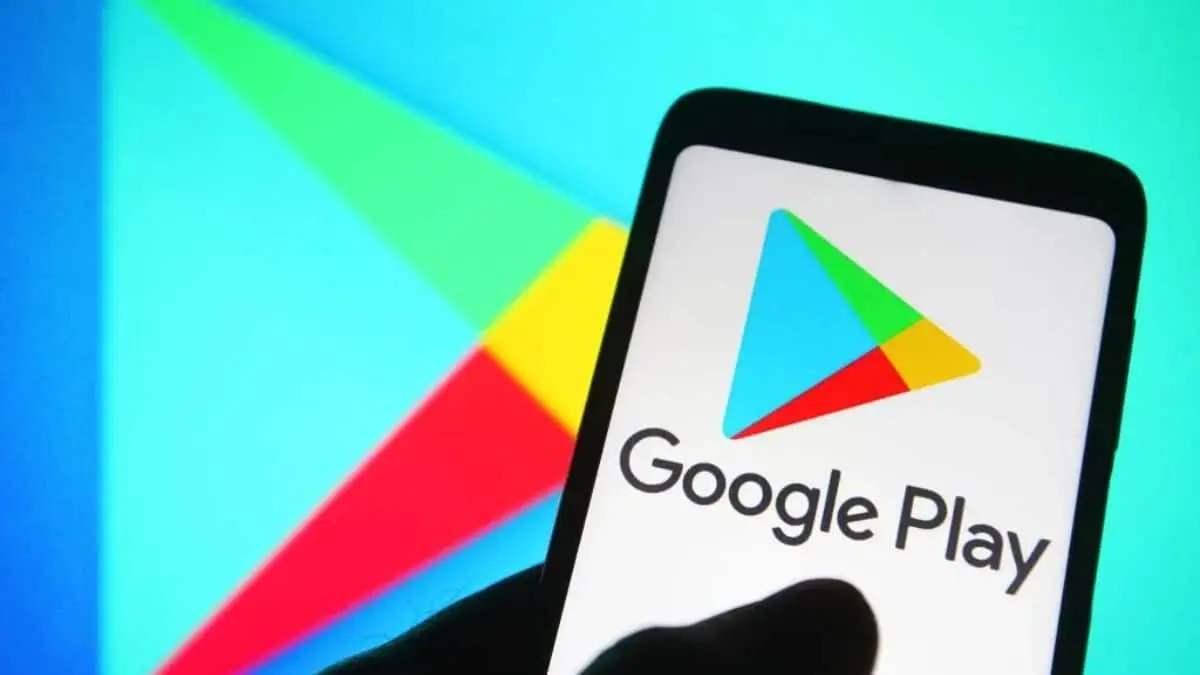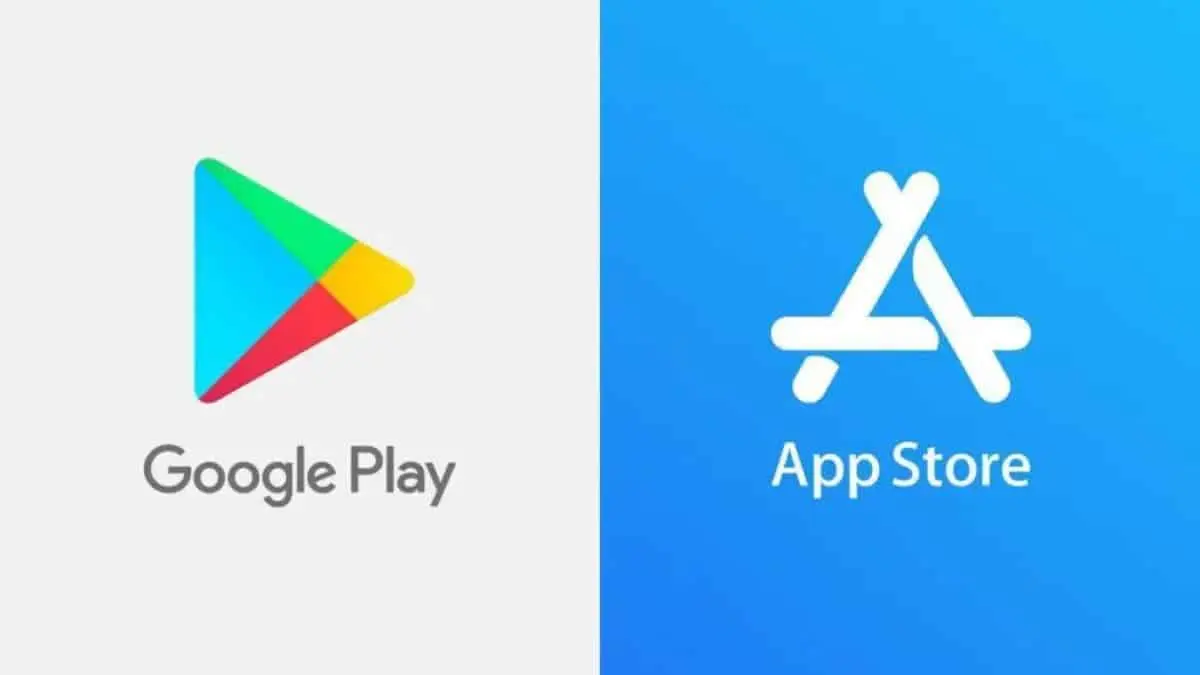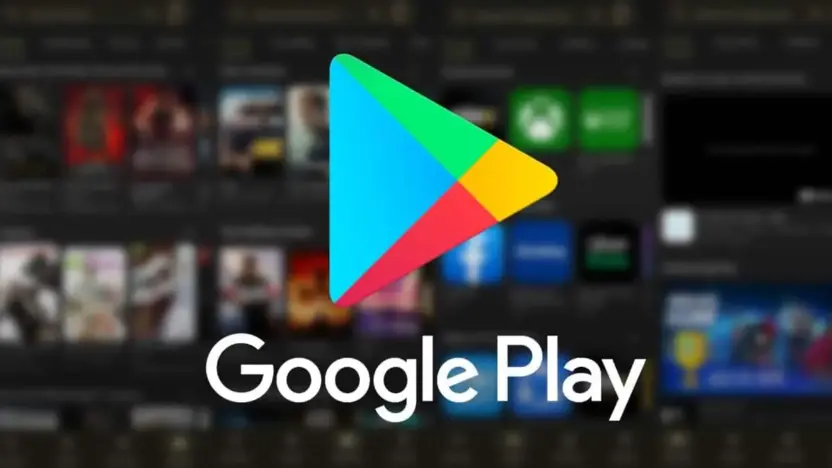On October 22nd (2008), the digital world witnessed a monumental shift with the launch of the Google Play Store, a platform that would redefine how apps, games, and digital content were distributed globally. Initially known as the Android Market, the Play Store has evolved to become the go-to marketplace for Android users, connecting billions of devices worldwide. In this blog, we will explore the history of Google Play Store, how it became a turning point for app distribution, compare its growth to Apple’s App Store, and analyze its download statistics up to 2024.
The Beginning: Launch of Google Play Store on October 22nd
The Google Play Store was officially launched on October 22nd (2008), marking a significant milestone in the digital era. Back in 2008, the platform was known as the Android Market and primarily focused on providing Android users with an accessible way to download apps. With just a few thousand apps at the time, it was a humble beginning compared to what the Play Store has become today.
The launch was a crucial move by Google, allowing them to create a centralized ecosystem for Android apps. It helped developers showcase their creations to a global audience and offered users a convenient way to access software tailored to their needs. Unlike its predecessor, the Android Market, which was limited to a few categories, the Play Store evolved to include movies, music, books, and more.

Evolution and Growth of the Play Store
Since its launch, the Play Store has undergone multiple transformations. In March 2012, Google merged the Android Market, Google Music, and Google eBookstore to create the Play Store as we know it today. This change was a game-changer, as it allowed users to access all types of digital content from a single platform. Over the years, Google introduced numerous features like app subscriptions, in-app purchases, and a robust search algorithm to enhance the user experience.
By 2014, the Play Store had crossed 1 million apps, and the numbers have been climbing ever since. As of 2024, the Play Store boasts over 3.5 million apps, ranging from productivity tools to entertainment options, catering to every type of user.
Daily Download Statistics in 2024: Then vs. Now
The Play Store’s growth is evident when we compare download numbers over the years. In 2008, during its initial launch phase, the Android Market saw an estimated 100,000 downloads per day. While this might have been impressive for that period, it was only a hint of what was to come. Fast forward to 2024, the Play Store sees over 250 million downloads per day, a staggering increase that showcases the massive adoption of Android devices across the globe.
Here’s a brief comparison of daily downloads over the years:
- 2008: Approximately 100,000 downloads per day
- 2012: Around 1 million downloads per day after the rebranding to Google Play Store
- 2014: 10 million downloads per day with over 1 million apps available
- 2020: 150 million downloads per day during the peak of mobile app adoption
- 2024: 250 million downloads per day, reflecting continuous growth in app usage and smartphone adoption
Key Factors Behind the Success of Google Play Store
- Global Reach: One of the biggest advantages of the Play Store is its global availability. Google’s Android operating system powers over 70% of the world’s smartphones, giving the Play Store an unparalleled reach. This has enabled developers to target a wider audience than any other platform.
- Developer-Friendly Policies: Google has consistently focused on making the Play Store developer-friendly, offering various tools and resources to help developers create, test, and publish apps easily. Regular updates and the Google Play Console have simplified app management, making it a preferred platform for developers worldwide.
- Variety of Content: Beyond just apps, the Play Store expanded to include movies, music, books, and more. This diversification ensured that users had a one-stop destination for all their digital content needs.
- Continuous Innovation: Google has continuously improved the Play Store, adding features like instant apps, Play Pass, and more advanced security measures to ensure a seamless and safe experience for users.

Google Play Store vs. Apple App Store: A Comparative Look
The Play Store is often compared to its closest competitor, Apple’s App Store, which was launched earlier in 2008. While both platforms have their own strengths, they cater to different segments of the market.
| Aspect | Google Play Store | Apple App Store |
|---|---|---|
| Launch Date | October 22, 2008 (as Android Market) | July 10, 2008 |
| Device Compatibility | Available on all Android devices | Exclusive to Apple devices (iPhone, iPad) |
| Number of Apps (2024) | Over 3.5 million | Approximately 2.2 million |
| Daily Downloads (2024) | 250 million | 140 million |
| Market Share | 70% of global smartphones | 28% of global smartphones |
| Revenue Generation | Primarily through ads and in-app purchases | Primarily through app purchases and subscriptions |
While the App Store might have a reputation for higher revenue per app, the Play Store’s massive user base makes it a dominant force in terms of reach and downloads. Google’s focus on a wider variety of devices, including budget phones, has helped the Play Store grow rapidly, especially in developing regions.
Impact on App Distribution
The introduction of the Play Store marked a turning point for app distribution. Before its launch, developers struggled to reach a wide audience, especially on Android devices. Google’s approach allowed independent developers to publish their apps easily, providing them with a global platform to showcase their products. This has led to an explosion of creativity, with millions of apps catering to every conceivable niche.
Furthermore, the Play Store has helped small businesses by giving them a digital storefront to sell their services and products. This democratization of app distribution has fostered an ecosystem where even small-scale developers can find success.



